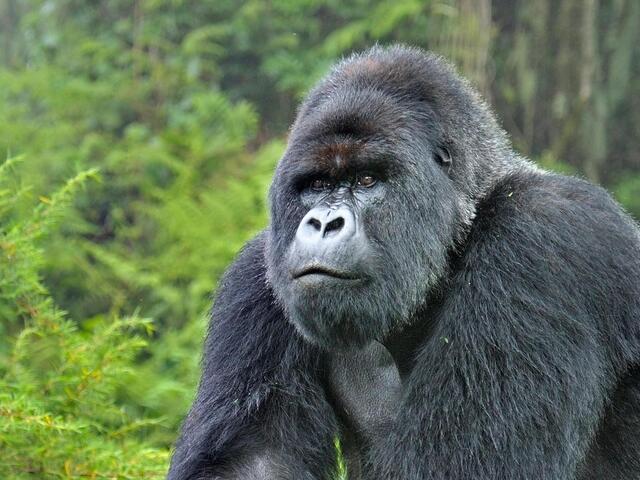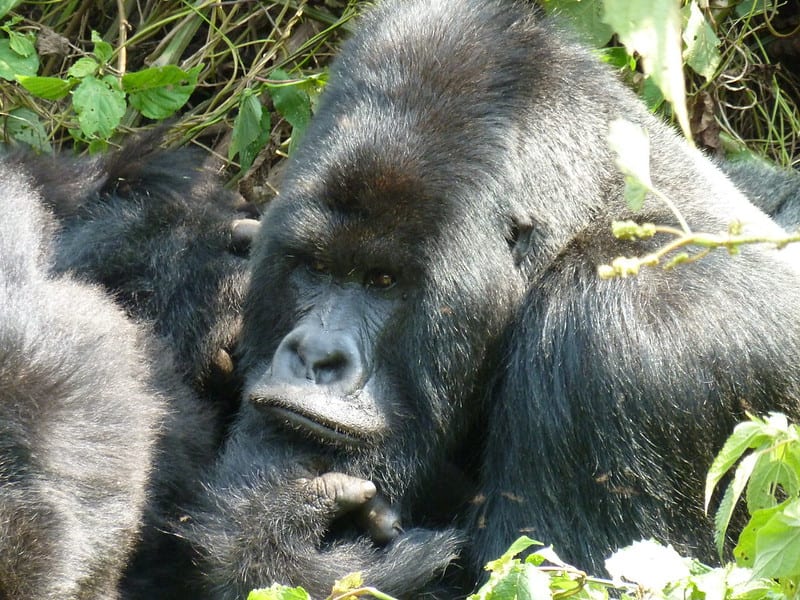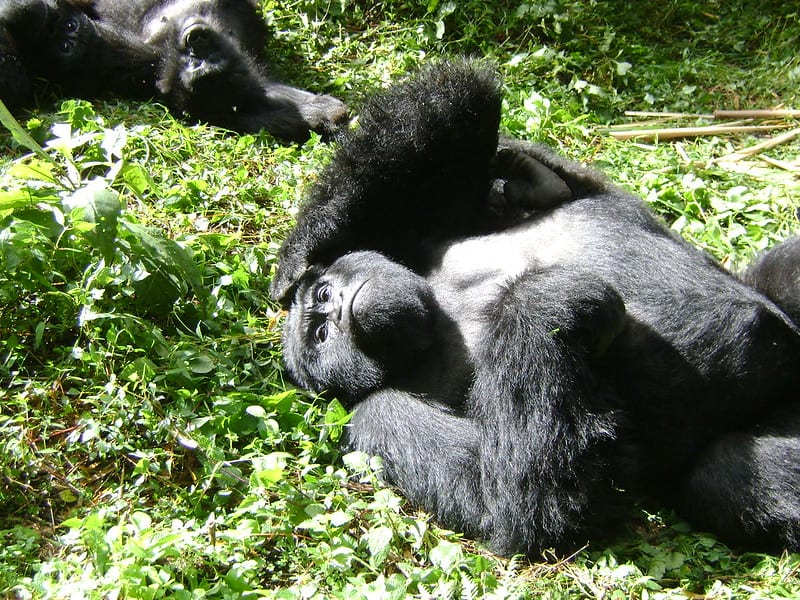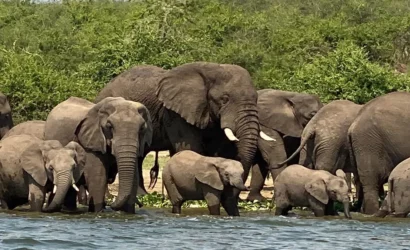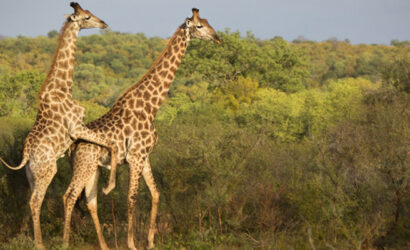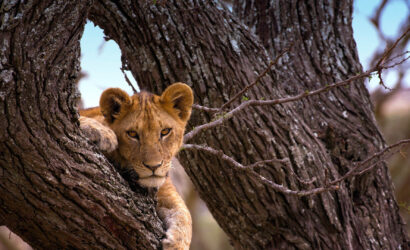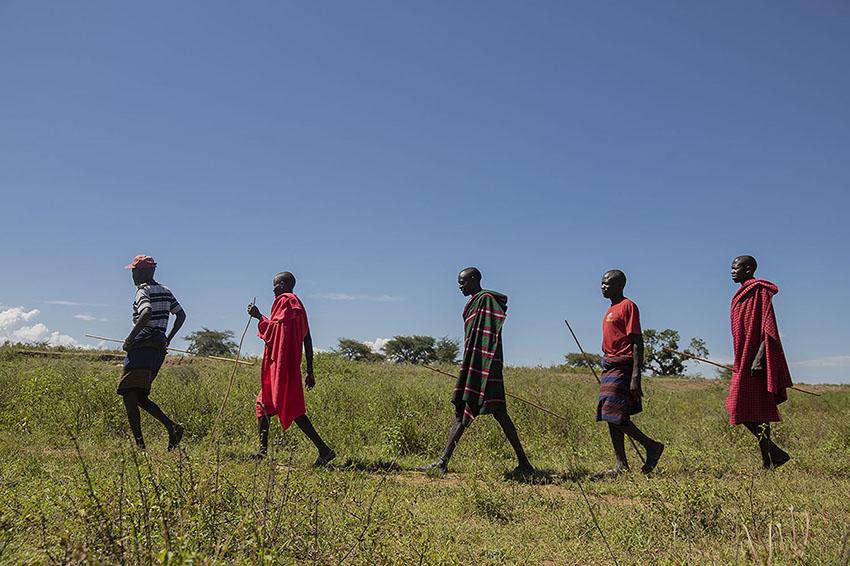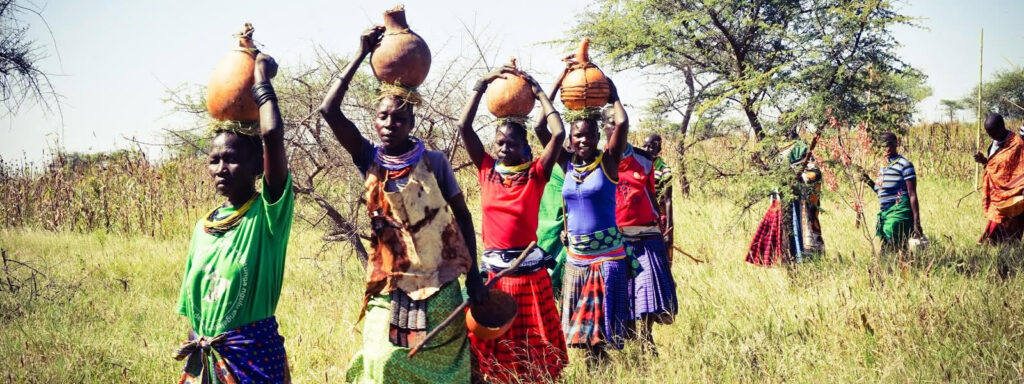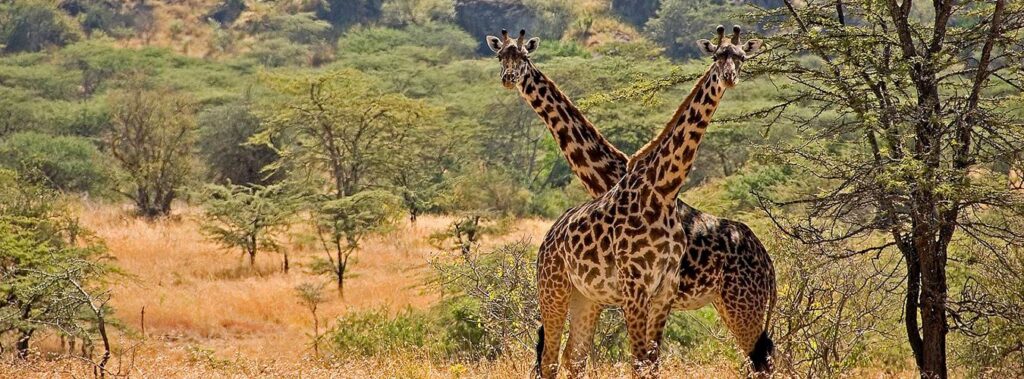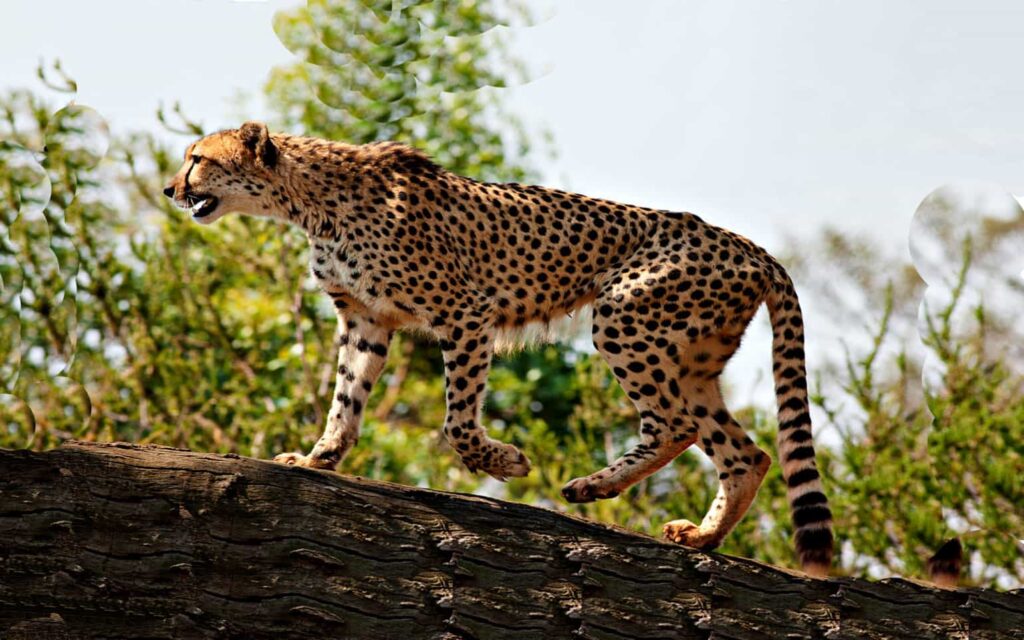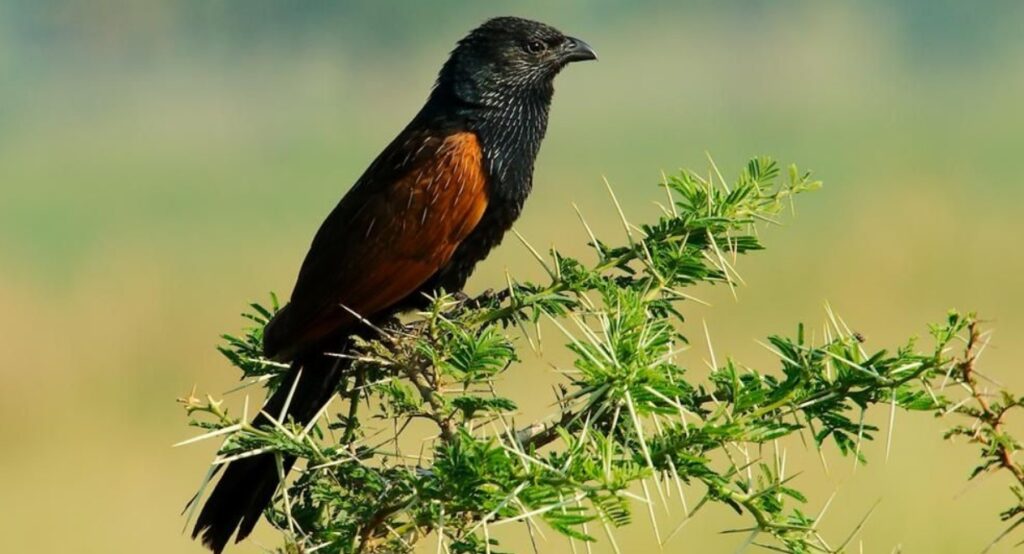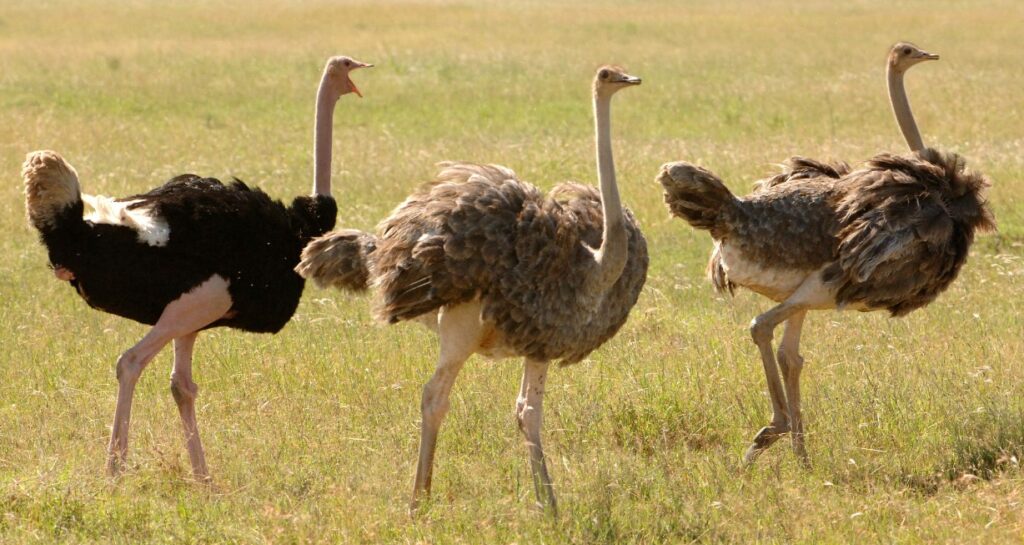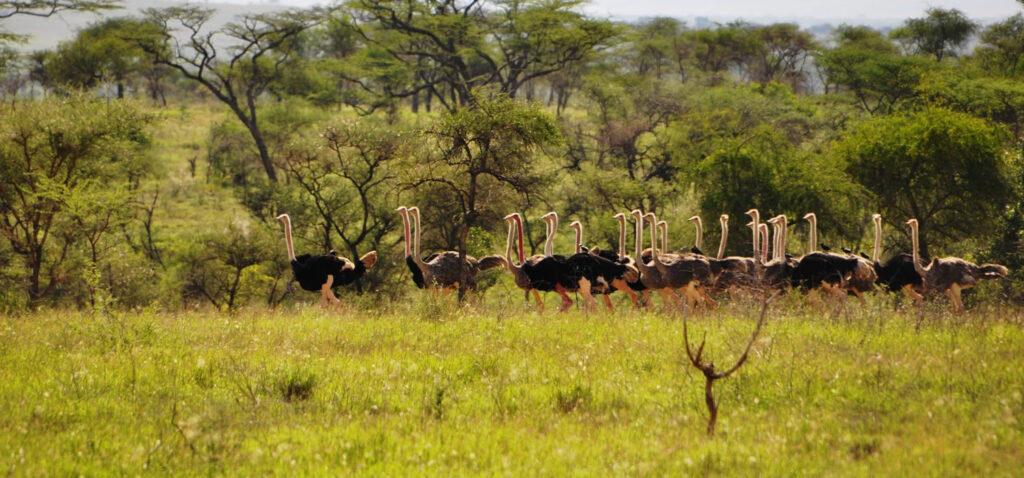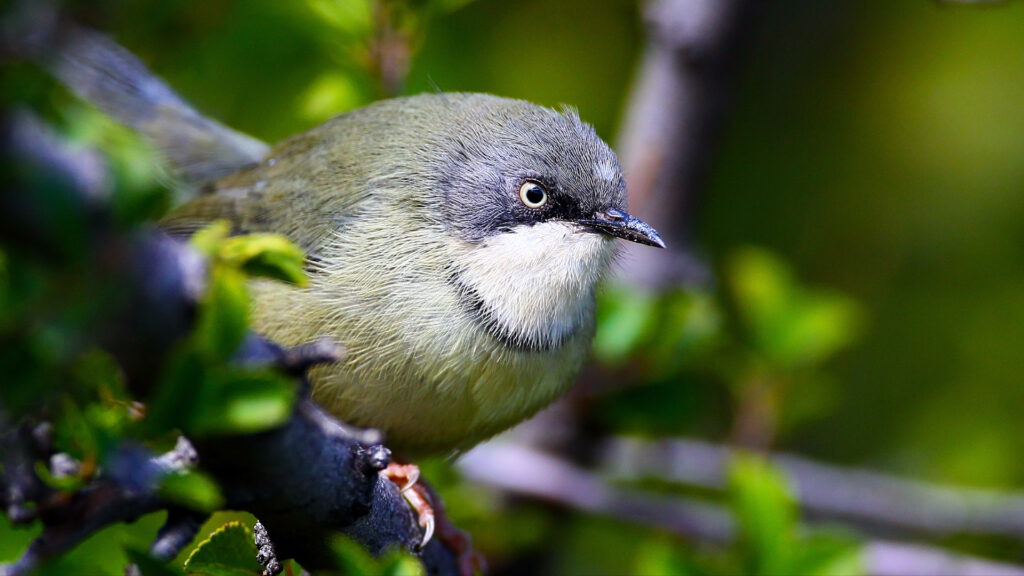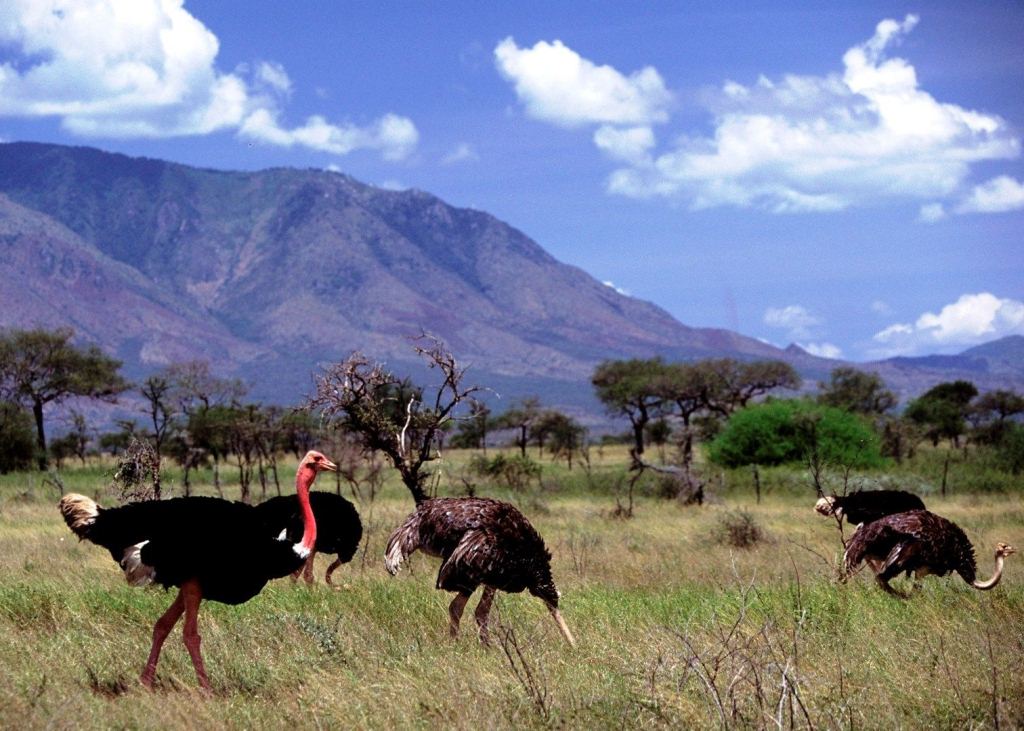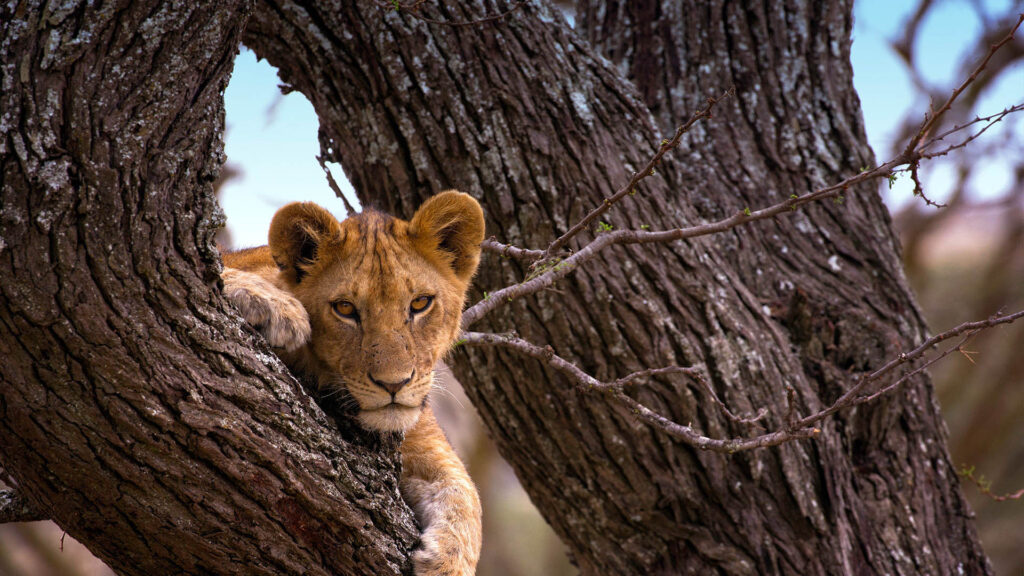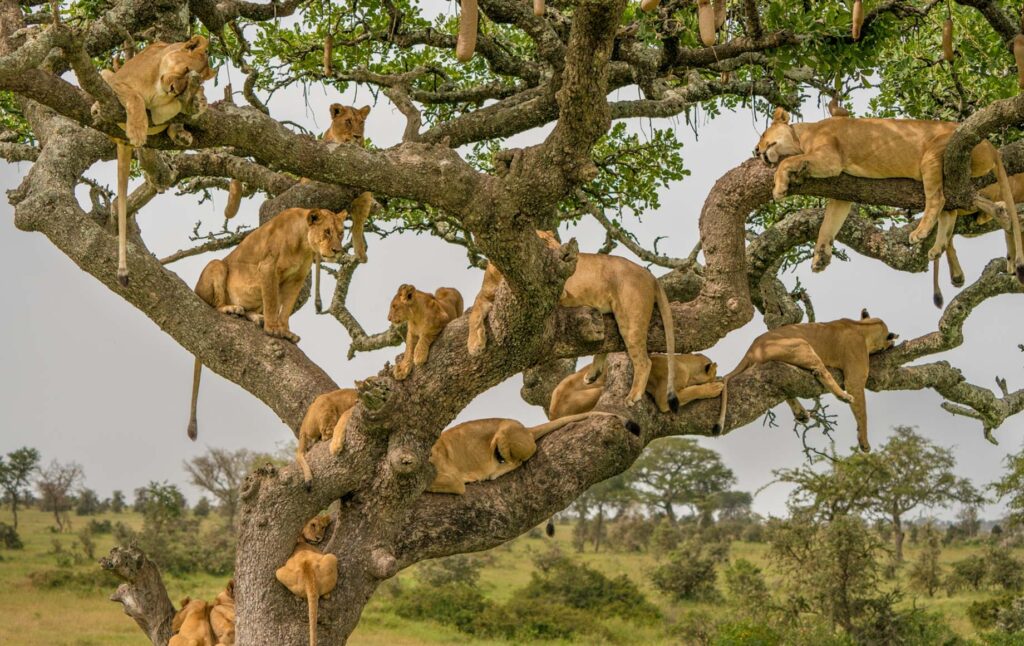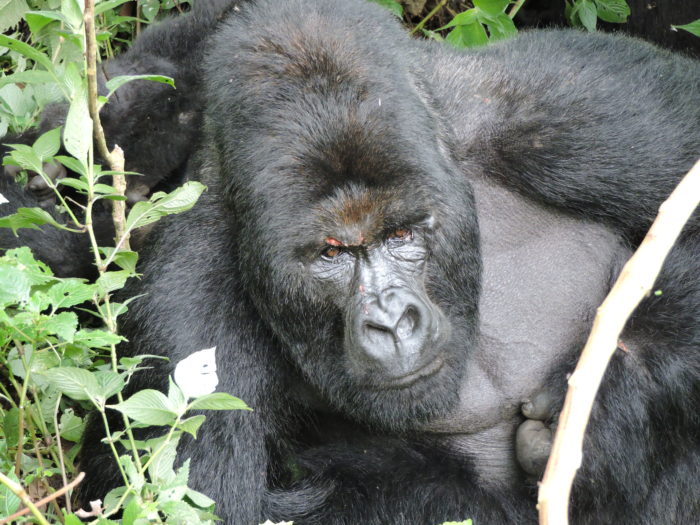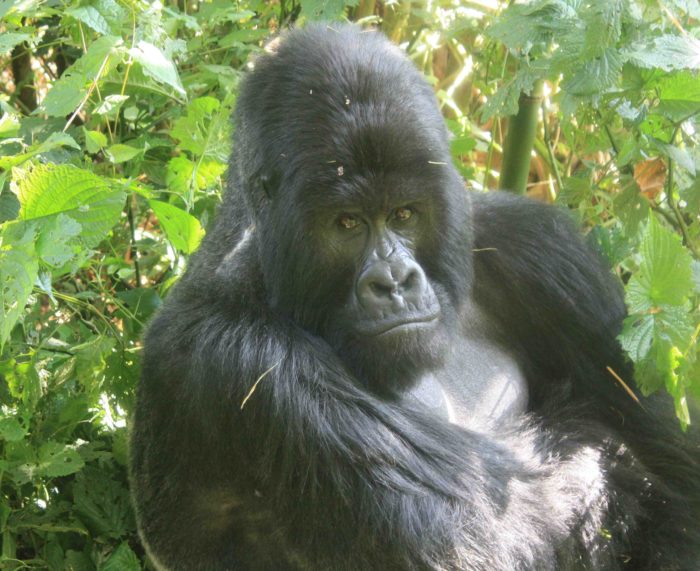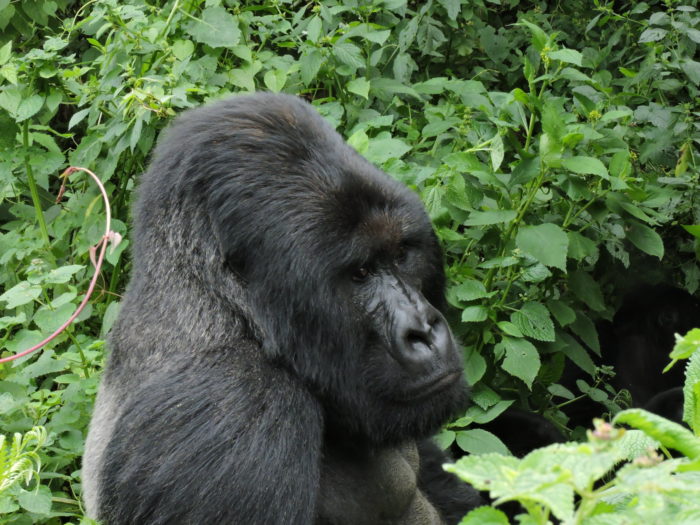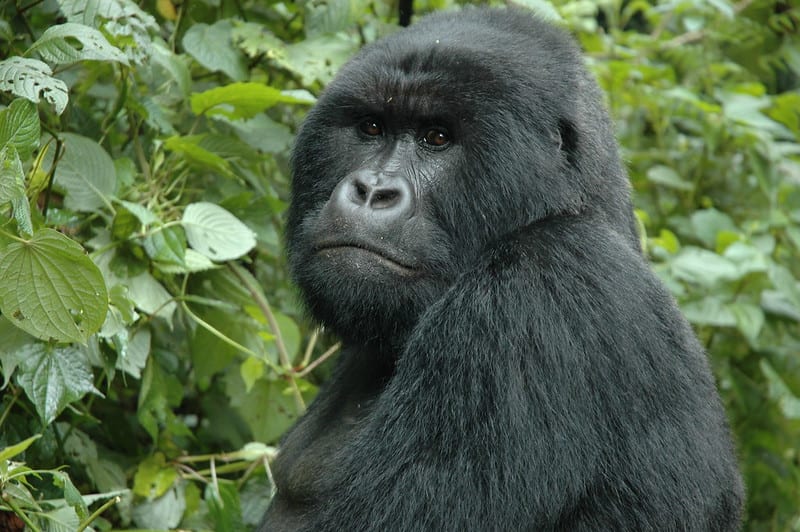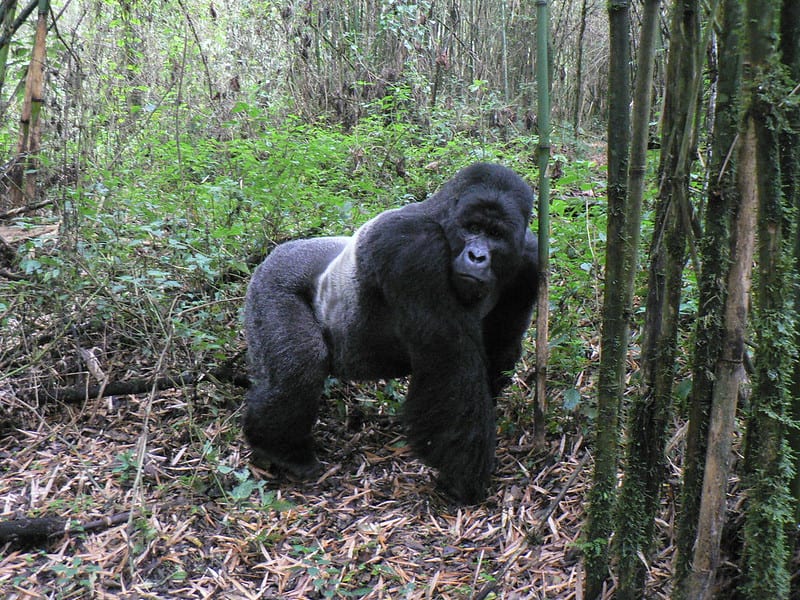-
4x4 Car
-
2800 metres
-
Kisoro
-
Trekking
-
English, Spanish, French,
-
Kisoro
-
15
-
84
Overview
This short tour to track mountain gorillas start and ends in Kisoro, It’s a good option for tourists Travelling on a low budget but who need see mountain Gorillas. Gorilla trekking is renowned as a conservation excursion, and every gorilla permit you purchase directly supports conservation efforts.
Itinerary
Our Driver guide will pick you at 7.00am in the morning after taking your breakfast and drive to Mgahinga National Park , Or Bwindi station for registration and briefing about Gorilla trekking adventure. Later you will drive to the trekking start point at base of the Virunga Mountains accompanied by armed game rangers. You will move into the jungle in search of the amazing mountain gorillas. The trek might take between 2 and 6 hours depending on your trekking ability and the gorilla family you will visit. Our safari guide will wait for you at the base of the virunga volcanic mountain ranges until you finish trekking. back And drop you at your hotel in Kisoro. End of The tour.
Cost
The Cost Includes
- Park fees
- All activities
- All accommodation
- A professional driver/guide
- All transportation
- All Taxes/VAT
- Drinking water
The Cost Excludes
- International flights
- accommodation
- Meals
- Tips
- Travel insurance,
- Visa fees,
- Government imposed increase of taxes
Frequently Asked Questions (FAQs)
- A 7 meters distance should be kept away from mountain gorillas at all times.
- If you are ill, you won’t be allowed to track mountain gorillas
- Gorilla trekking is strictly for persons above 15 years.
- A maximum of 8 visitors are always allowed to trek 1 habituated gorilla family.
- Upon finding a gorilla family, you will have 1 hour of magical encounters.
- Don’t smoke, drink or eat in the presence of gorillas.
- No flashlight camera should be used when taking pictures of gorillas.
- Leave the gorilla habitat as clean as you found it.
Like any other medium-hard trek around the world, keep it light and simple. Wear only what is essential for the trip and carry anything you might need for an emergency.
Waterproof hiking boots are a must, and being fully covered is key to surviving in these tropical conditions. Yes, it seems obvious to wear a t-shirt and shorts with the hot temperature. Unfortunately, everything in the forest will scratch you, and the less your skin is exposed, the more comfortable you will feel.
Additionally, wearing two pairs of long thick socks can save you from time to time. Fire ants roam everywhere in the jungle, and once you step in the wrong place, they will crawl into your foot and enter your shoes.
The best time to do this Tour is during the dry seasons from June to September and December to February. Although The Region features several seasons which should be considered when planning a safari here, the weather is fairly temperate and favors travel all year round due to its compact size, proximity to the equator and high altitude.
What do I need to pack before leaving home?
The packing list below is just a mere guideline as you may have your own preferences:
– 1-2 long sleeved shirts
– 3 short sleeved t-shirts
– 2 –3 pairs of light weight slacks/trousers – that can dry quickly (if wearing on treks)
– 1 pair of shorts
– 1 sweater or sweatshirt
– A waterproof and windproof jacket
– 1 skirt ( for women)
– Gloves – gardening or similar (for gorilla trekking)
– Strong waterproof walking boots – pants should be tucked into socks and boots while trekking (heavy soled rain boots also work well)
– Pair of sports sandals like Tevas
– Hat-wide brim or with a visor for sun protection
– Sleepwear
– Underwear
– Lightweight wool socks
– Swimsuit (and a plastic bag)
Miscellaneous
Sunscreen, Sunglasses with neck strap, Insect repellent with DEET
,Small day pack, Flashlight, Binoculars, Extra batteries, Camera and extra lenses, Film particularly fast film for the gorillas, Personal toiletries, Prescription medicines and possibly prescription itself, Kleenex tissues, Small notebook
First Aid Kit
First Aid Kit including rehydration sachets, anti-diarrhea medicine, aspirin, cold medication, antiseptic cream, band-aids, motion sickness pills, lip balm, eye drops and personal medication.
A light rain jacket
Headband or hair ties (in case you have long hair)
What Is the Difference Between Budget, MidRange and Luxury Accommodation
Luxury+
Safari using extremely luxurious tented camps or lodges, usually located in a prime wildlife-viewing area and comparable to a 5-star hotel.
Luxury
Safari using deluxe tented camps or lodges, usually located inside the park and comparable to a 3- to 4-star hotel.
Classic tented camps which are valued more for being in a prime wildlife-viewing area than for luxury, but they are always comfortable.
Mid-range
Safari using medium to large-scale accommodation, usually located inside or just outside the park, and comparable to a 2- to 3-star hotel.
Basic, but comfortable, camping safari with spacious tents, a normal bed, private bathroom and staff to take care of camp chores.
Budget
Safari using affordable accommodation, usually located outside the park and comparable to a 1- to 2-star hotel.
Budget camping safari using small tents. The shower and toilet are normally shared. Clients will usually have to assist with camp chores.
There are numerous FOREX facilities in towns. You will receive a much better rate than compared to a bank. Most Airport also has a FOREX on the premises.
U.S. And EURO currency is the easiest to exchange and you will receive the best rates on $100 & $50 bills compared to smaller notes. US notes should not be older than 2006. Travelers check-ques or another type of check not accepted at all. Bills should not be written on it with a pen, torn or damaged. Make sure you Travel with New notes
A wide range of local food is offered in different destinations ranging from local, western and Oriental cuisines. Vegetarian diets are also available. Drinking water for guests is strictly bottled clean and safe water; tap water is not safe for drinking.
We recruit local guides with proven experience in mammals, birds and tourist attractions in particular areas. Our company guides are always subjected to regular training e.g bird guides training which is annually held. Safety training is an integral part of their training.
Yes, in large towns and popular tourist areas such as Kigali, Nairobi, Stone Town, Kampala, Bujumbura etc. There are sufficient ATM`s. Before travel you need to contact your bank to authorize your credit card to work in East Africa. Most banks put fraud warning for transaction especially in East African. Also, be caution when using ATM`s and not exceed withdraw limit per day, it make be difficult for time you need cash next time.
Internet is available at all most lodges, however you can connect to the internet cable, or buy a local sim card that will help you to connect. Internet is available everywhere in the café.
Any one suffering from communicable diseases such as influenza, diarrhea, or cough is not allowed to enter any national park. In case you happen to be suffering from such diseases you need to report it to the park authorities as this may help you to obtain a refund.
Going on an exotic tour in Africa? Three East African countries – Uganda, Rwanda, and Kenya – in 2014 introduced the joint visa system – The East African Tourist Visa (“EATV”), which gives the right to visit any of these countries (or all three at once).
You can apply for an EATV online shortly before your trip. We tell you how to do it and what rules you need to follow.
East Africa Tourist visa requirements
The East Africa Tourist visa can only be issued for tourist purposes. It does not allow you to study or to be employed.
To obtain the EATV, you need to fill out a simple electronic form and pay the visa fee. The approved East Africa Tourist Visa will be mailed to you within several business days.
The EATV must be issued by the first country of entry. In all three cases, the application process is slightly different:
Rwanda. If your journey begins in Rwanda, you can apply for a visa through the Rwanda Online Visa Application System. In addition, Rwanda is the only country on the list that issues East Africa Tourist Visa on arrival. The cost of fees in all cases remains the same.
Kenya. If your trip starts in Kenya, you can get the East African Tourist Visa online at this link.
Uganda. If the first country of entry is Uganda, use this link to apply.
Documents required for East Africa Tourist visa application
The document package differs slightly depending on the country issuing the visa. Here is a complete list for all cases:
Documents required for Uganda visa:
Passport valid for at least 6 months from the planned date of entry;
Yellow fever vaccination card certificate;
Travel itinerary (e.g., hotel booking or invitation letter);
Return ticket or ticket to the third country;
Digital Uganda visa photo.
Documents required for Rwanda visa:
Passport valid for at least six months from the planned date of entry;
Digital Rwanda visa photo (the list of requirements is below);
Return ticket or ticket to the third country;
Some applicants may be asked to provide proof of sufficient funds for travel.
Documents required for Kenya visa:
Passport valid for at least six months from the planned date of entry;
Return ticket or ticket to the third country;
Hotel booking or an invitation letter from your host;
Digital visa photo.
Note that if any of your passport data changes after the visa is issued, it will become invalid. If you lose or change your passport, you will need to obtain a new visa.
East Africa Tourist visa photo requirements
The specified requirements are applicable for Kenya, Rwanda, and Uganda online visa photos:
Photo must be in color;
Photo must be in good quality; scans are not suitable;
East Africa Tourist visa photo size must be 500×500 pixels;
The photo must be taken on a solid white off-white background;
The applicant must look directly into the camera with a neutral facial expression;
Tinted glasses are not allowed unless worn for medical reasons (in this case, you may need to provide a medical certificate).

